VITURE has been quietly building something significant in the AR space since 2021, and recent FCC filings suggest they're about to make a major leap forward. While companies like Meta and Apple grab headlines with their ambitious (and expensive) XR devices, this scrappy startup has captured over 52 percent of the U.S. display glasses market in Q4 2024, according to IDC research. With $121.5 million in total funding and partnerships with major retailers like Best Buy, VITURE is now moving beyond simple display glasses into AI-powered territory that could finally deliver on the long-promised potential of everyday AR wearables.
What the regulatory filings reveal about VITURE's AI ambitions
Recent FCC documentation provides compelling clues about VITURE's strategic pivot toward artificial intelligence. The filings indicate that Vonderful Inc., operating under the VITURE brand, plans to launch its first AI glasses around CES. This represents a fundamental shift from their current tethered devices—unlike their existing products that require USB-C connections to phones, this new AI-powered device appears designed as a standalone unit using Bluetooth connectivity.
What makes this particularly intriguing is the technical evolution it suggests. The regulatory documents indicate the company may be moving away from traditional birdbath optics toward more sophisticated display technology. For those unfamiliar with AR hardware, birdbath optics are the current standard for most display glasses, but they inherently limit brightness and field of view. If VITURE is making this technological leap, it signals their commitment to solving the fundamental visibility problems that have plagued AR glasses in real-world lighting conditions.
The strategic branding approach is equally telling. The trademark filing for "Vonder" by Eden Future HK Limited (VITURE's parent company) suggests careful brand positioning for this new product category. Rather than simply extending their existing VITURE lineup, they're creating distinct brand space for AI-powered functionality—indicating this isn't just an iterative hardware upgrade, but a foundational shift toward intelligent wearables.
Building momentum through strategic partnerships and funding
VITURE's timing for AI glasses couldn't be better positioned from a financial and strategic standpoint. The startup recently completed two Series B funding rounds totaling $100 million, bringing their overall funding to $121.5 million. This isn't generic expansion capital—it's specifically targeted at global expansion of consumer XR glasses and advancement of AI-powered software ecosystems.
The NVIDIA partnership represents the most significant validation of their AI strategy. VITURE has joined NVIDIA's XR AI platform, with their AR glasses and LabOS software already being utilized at Stanford University's School of Medicine. This isn't just tech demo territory—it's real-world professional validation in high-stakes medical applications where reliability and precision matter more than flashy features.
More importantly, this collaboration opens enterprise market opportunities that extend far beyond consumer entertainment. The partnership enables applications in healthcare, IT field services, and industrial assembly—sectors where companies willingly invest in productivity-enhancing technology rather than discretionary consumer gadgets. This enterprise focus could provide the sustainable revenue foundation that many AR startups have struggled to establish.
How VITURE's current ecosystem sets the foundation for AI integration
What distinguishes VITURE's AI glasses announcement from typical startup vaporware is their methodical hardware and software foundation building. Their latest Luma Series demonstrates clear technological progression with four models ranging from basic display glasses to the Luma Ultra, which features hand gesture controls and true AR functionality.
The real foundation, however, lies in their software capabilities. VITURE's devices already incorporate real-time 2D-to-3D conversion technology that works across all their models, including older versions. This AI-powered content enhancement demonstrates they've been quietly building the computational infrastructure needed for more sophisticated AI features while competitors focused primarily on hardware specifications.
Their retail infrastructure provides immediate distribution advantages that most startups spend years trying to establish. The company has built comprehensive retail partnerships with Best Buy, AT&T, Micro Center, and B&H, creating accessible channels for mainstream consumers to discover and purchase AI glasses when they launch.
The Luma Ultra serves as an effective bridge product, featuring front-facing RGB cameras and dual grayscale depth cameras for spatial computing. These sensor packages provide the hardware foundation necessary for advanced AI functionality—spatial awareness, gesture recognition, and environmental understanding that AI glasses require to be genuinely useful rather than gimmicky.
PRO TIP: VITURE's approach of building core display technology first, then adding AI capabilities, mirrors successful tech product strategies. Rather than trying to solve every problem simultaneously, they've established market credibility in display glasses before tackling the more complex challenge of AI integration.
The competitive landscape VITURE is entering
VITURE's AI glasses strategy positions them uniquely within an increasingly competitive but fragmented market. While competitors like Meta's Ray-Ban glasses focus primarily on social media integration and content capture, VITURE's collaboration with NVIDIA enables expansion from 2D screen mirroring into immersive 3D experiences with professional-grade AI capabilities.
The enterprise angle provides significant competitive differentiation. Consumer AI glasses inevitably compete on features and pricing against tech giants with deeper pockets and established ecosystems. However, professional applications—medical training, field service documentation, industrial assembly guidance—prioritize reliability, accuracy, and specific functionality over broad consumer appeal.
VITURE's current market dominance in display glasses provides crucial leverage for this transition. With similar market share globally, they've demonstrated the ability to build products that customers actually purchase and use regularly. This practical adoption experience means they understand the real-world considerations—battery life, comfort, durability—that determine whether AR devices become daily tools or expensive drawer decorations.
The timing also benefits from market education that competitors have provided. Meta's investments in smart glasses have normalized the concept for consumers, while enterprise AR applications have proven value in specific use cases. VITURE can leverage this market preparation without bearing the full cost of consumer education.
What this means for the future of AI wearables
VITURE's stealth development of AI glasses represents a potential inflection point where AR technology finally delivers practical everyday value rather than futuristic promises. Their methodical approach—building from successful display glasses through advanced AR functionality before adding AI capabilities—suggests they understand the implementation challenges that have derailed previous ambitious AR projects.
The brand strategy around "Vonder" demonstrates sophisticated market positioning. Rather than diluting their established VITURE brand with experimental AI products, they're creating dedicated space to iterate and refine without risking their proven display glasses business. This approach allows for bold innovation while maintaining stable revenue streams.
With their established retail presence in 200 Best Buy stores and proven ability to capture significant market share, VITURE appears positioned to introduce AI glasses to mainstream consumers through familiar retail channels rather than requiring customers to make purchasing leaps of faith with unknown brands.
The real test will be AI functionality that enhances rather than complicates the user experience. But VITURE's systematic approach to building hardware reliability, software ecosystems, and market relationships suggests they might finally bridge the gap between AR's long-promised potential and practical reality for everyday users. Rather than revolutionary disruption, they're positioned to deliver evolutionary advancement that makes AI glasses genuinely useful tools rather than expensive technology demonstrations.





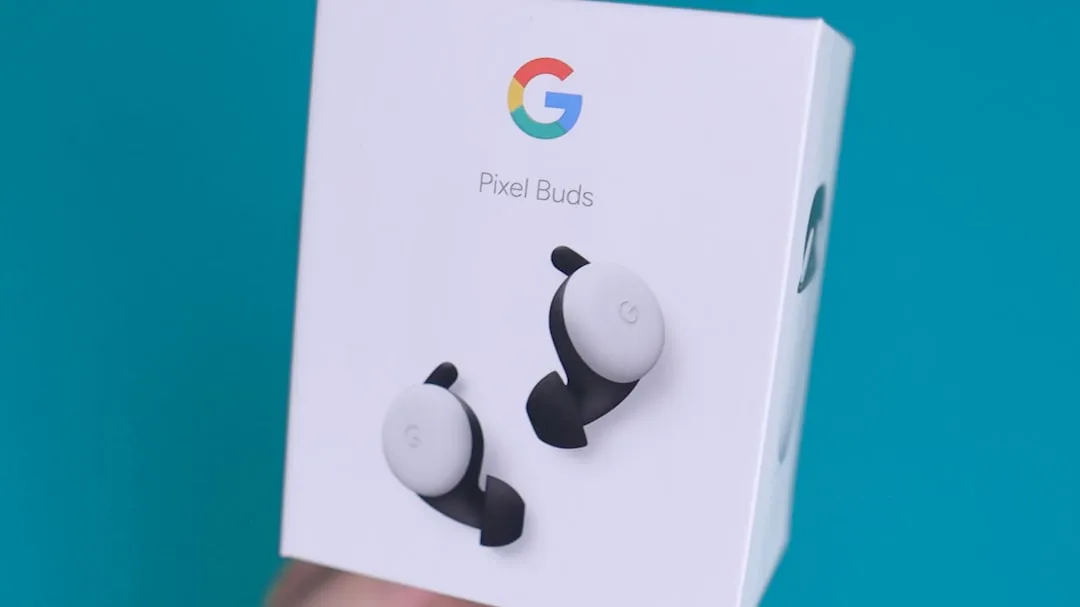


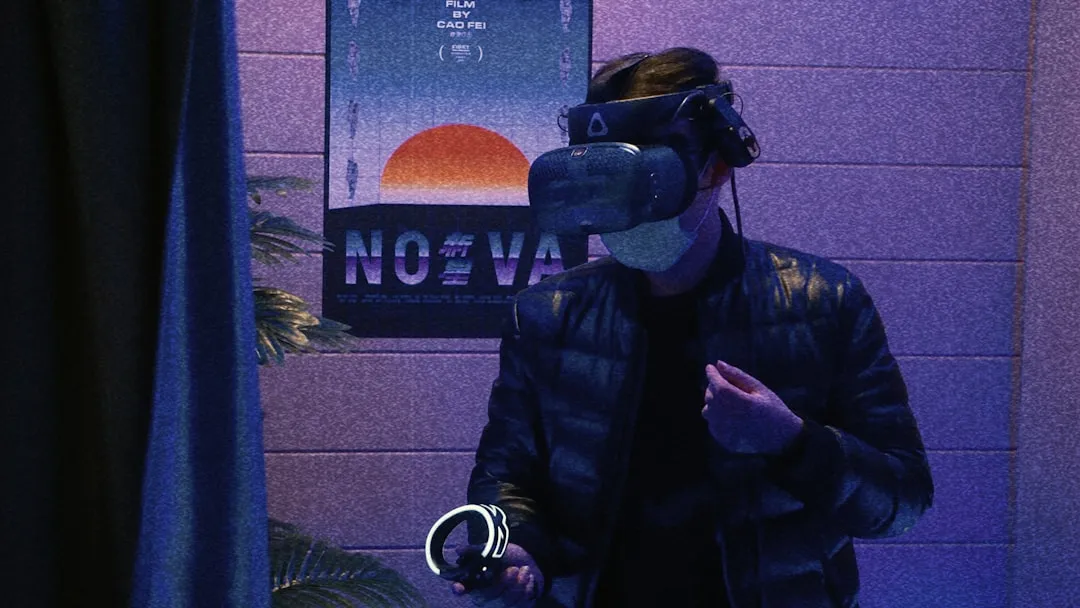
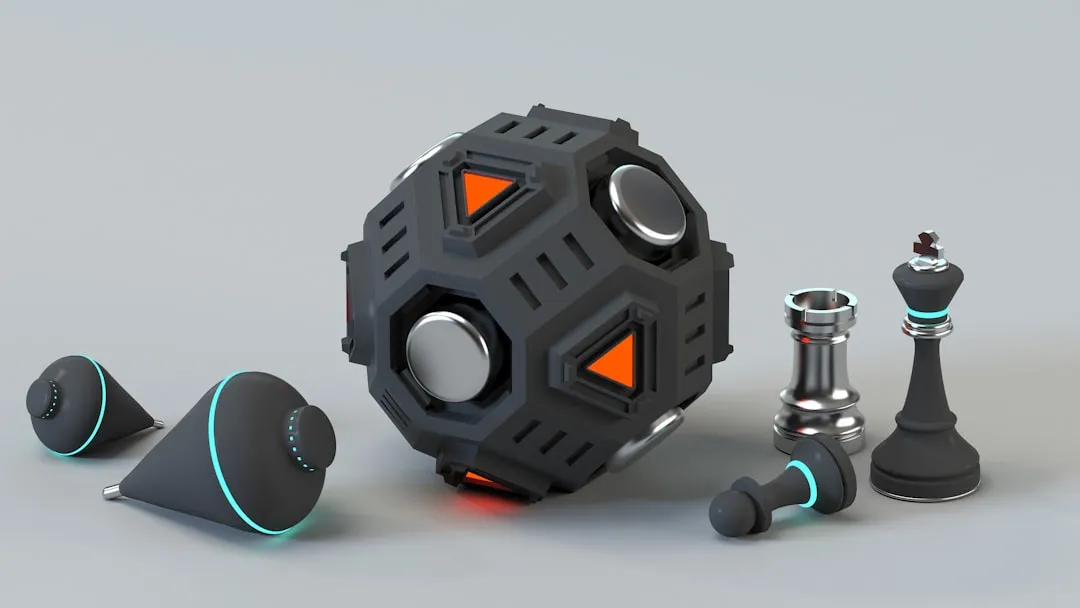
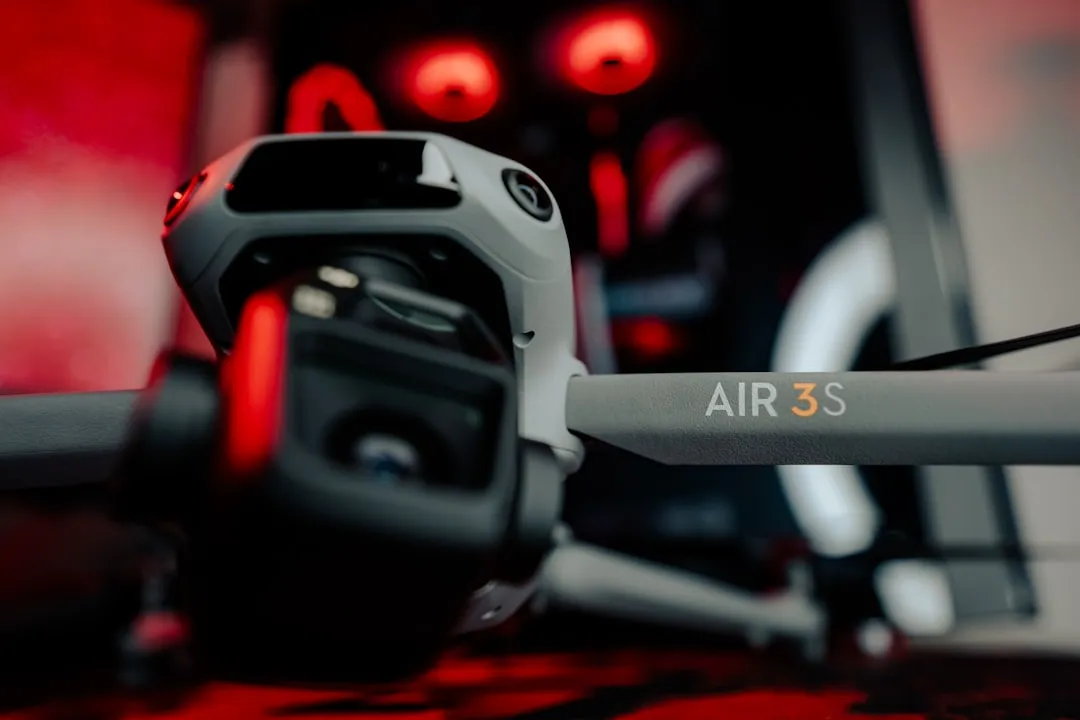

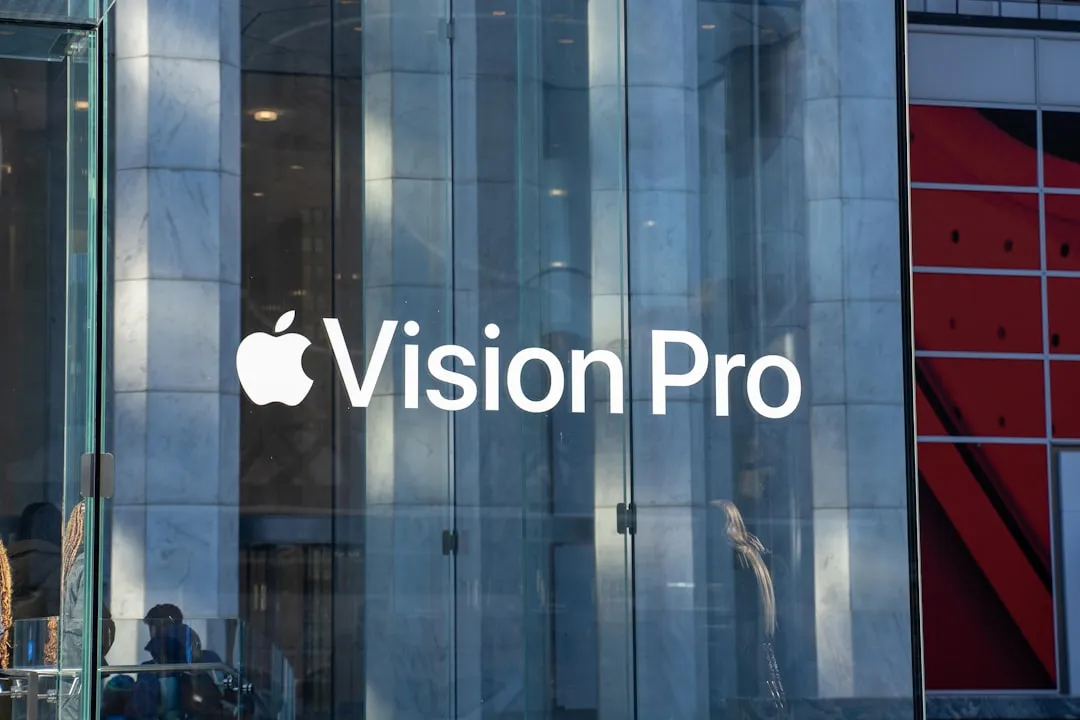


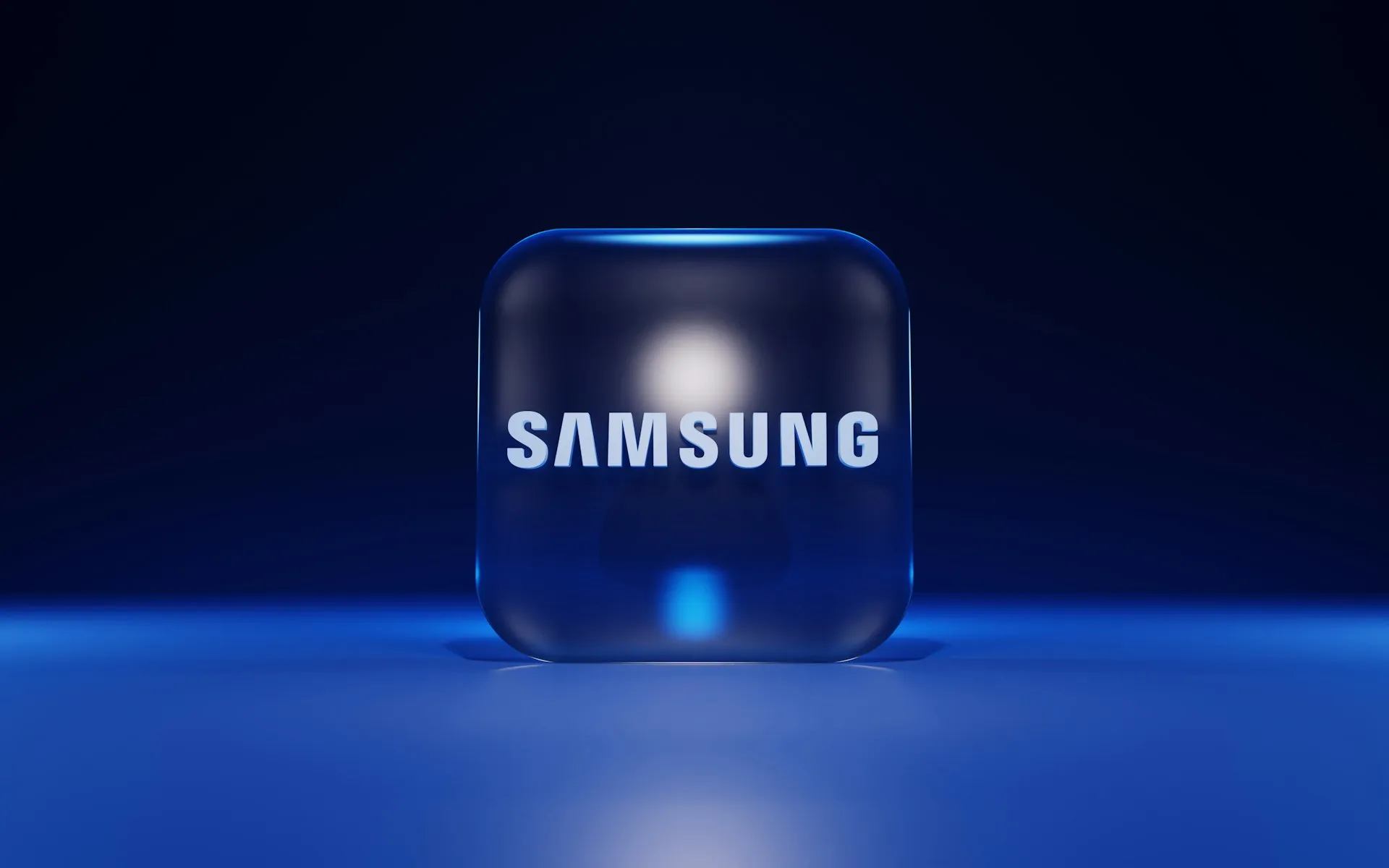





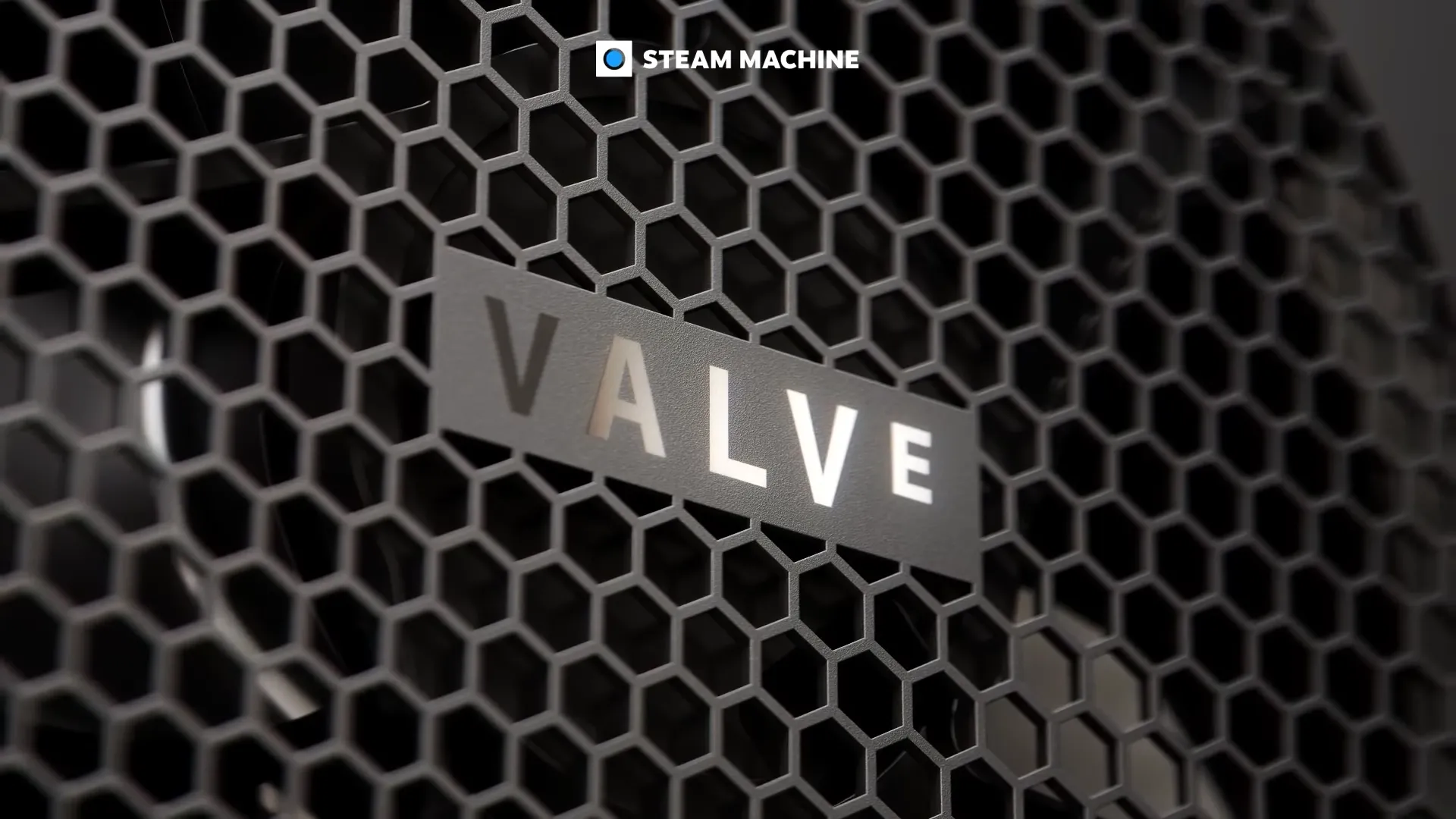

Comments
Be the first, drop a comment!